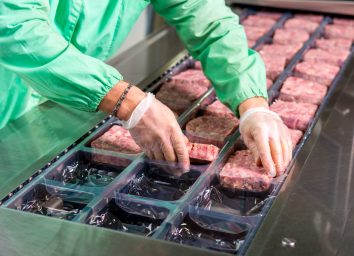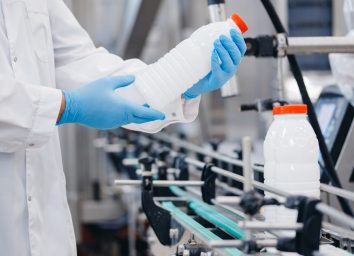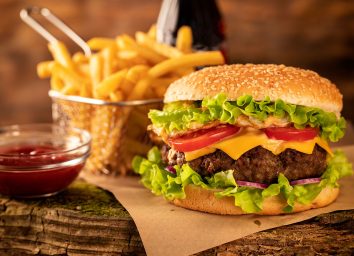5 Truths About the Seafood Industry That Will Make You Lose Your Appetite
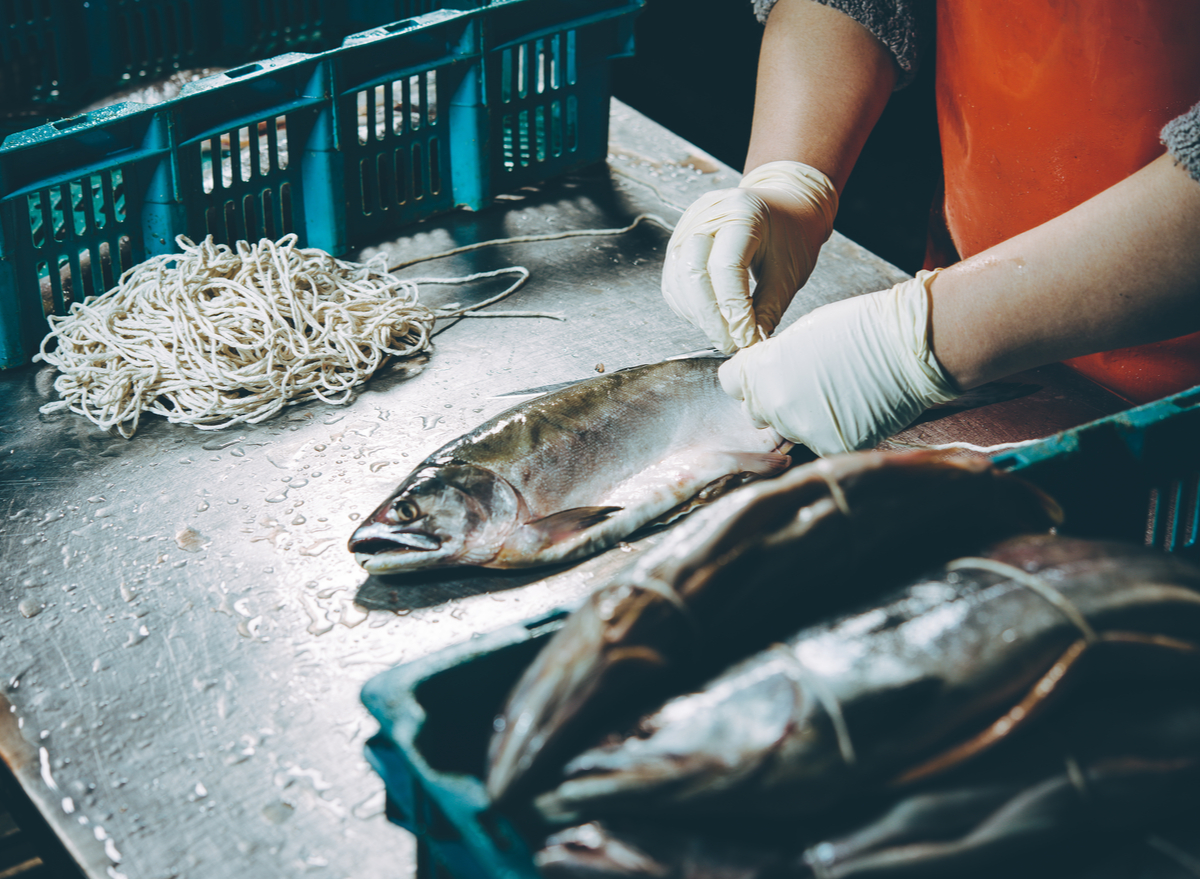
Dietitians, doctors, and cookbooks alike will tell you that seafood is a great dietary choice. Considered a healthy source of high-quality, low-fat protein, fish are filled with omega-3 fatty acids, vitamins, calcium, and essential minerals like zinc and magnesium.
It's true, ordering some salmon or tuna the next time you go out to eat is almost certainly a nutritionally superior decision than going with a cheeseburger or ribs. The American Heart Association even recommends eating fish at least twice a week to promote strong heart health.
Of course, with high quality also comes a hefty price tag. According to research recently conducted by Johns Hopkins University and published in the American Journal of Clinical Nutrition, seafood is simply too expensive for many Americans' budgets. Study authors report that lower-income Americans eat notably less seafood (18%) than their wealthier counterparts on a weekly basis, and even when they do, it's lower-quality fish.
Seafood, however, is by no means a niche market. It's estimated that Americans spend an astounding $1.2 billion on seafood each year. That's a lot of crab cakes! Most of that money (65%) is spent at restaurants and other "away from home" seafood sources.
There's a lot to like about seafood, after all, humans have been looking to the sea for sustenance for tens of thousands of years. Still, little in life is totally black and white. There are certain aspects of the modern seafood industry that may just ruin your appetite.
And don't miss 5 Truths About the Meat Industry That Will Make You Lose Your Appetite.
Mislabeling is a widespread issue
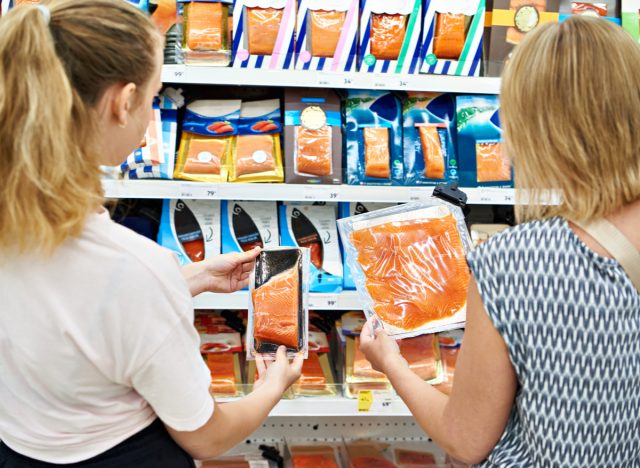
Are you sure that snapper you bought at the grocery store is really snapper? It may sound like an irrational worry, but mislabeling is a major problem in the seafood industry.
Guardian Seascape performed a comprehensive analysis of 44 recent studies encompassing over 9,000 seafood samples from grocers, restaurants, and fishmongers across 30 countries in 2021. The result? Researchers report roughly 36% of examined seafood samples were mislabeled.
One of those studies assessed fish labeled "snapper" in stores and restaurants across the United States, United Kingdom, Canada, Singapore, Australia, and New Zealand. Across all those nations about 40% of the "snappers" had been mislabeled. In the U.S. specifically, 38% of examined snapper samples were mislabeled. That same study found that close to 70% of supposed U.K. "snapper" samples were a different fish altogether (38 different species in all).
Meanwhile, 48% of tested "king scallops" being sold in Germany actually turned out to be Japanese scallops.
Another study examined seafood served in 180 restaurants across 23 European nations, ultimately concluding that one in three restaurants had served mislabeled seafood.
Is human error to blame for these oversights? While mistakes of course happen, there's also profit to be made by mislabeling seafood.
Rashid Sumaila, a fisheries economist at the Institute for the Oceans and Fisheries at the University of British Columbia, told The Guardian that there is "considerable economic incentive" to selling low-quality seafood at high-quality prices. Moreover, fish laundering, or mixing in illegally caught fish with legal seafood, can be highly profitable as well.
Considering the complexity of the global seafood supply chain, there's no shortage of opportunities for bad actors to swap out one fish for another.
"People can make a lot of money doing this," he explains.
"Sushi parasites" have increased dramatically
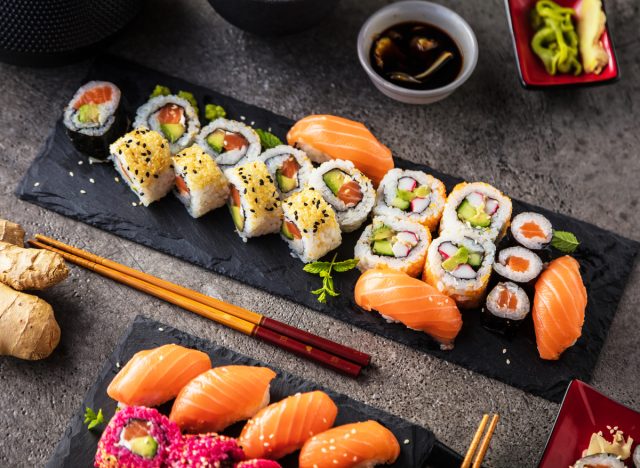
Sushi is immensely popular nowadays, but you may want to take a closer look at each and every spicy tuna roll before chowing down. Research conducted at the University of Washington and published in Global Change Biology in 2020 reports a near-unbelievable 283-fold increase since the 1970s (1978-2015) in the population of a parasitic worm known to enter humans via the consumption of raw or undercooked seafood.
When a live "herring worm" (Anisakis) is consumed by a human, it makes its way to the intestinal wall and causes symptoms very similar to food poisoning. Luckily, symptoms usually don't get any worse than that, and the worm does eventually die (inside of you!) after a few days. Most people don't even realize they've been infected and chalk up their symptoms to regular food poisoning.
Herring worms first infect tiny sea dwellers like shrimp. From there, they hitch a ride up the food chain. Smaller fish become carriers when they eat infected crustaceans. This ride continues until even humans and marine mammals (seals, whales, etc) may become infected by eating fish containing a herring worm.
As far as why herring worm populations in the ocean have exploded in recent decades, study authors can't say for sure. They speculate climate change, nutrients from fertilizers reaching the ocean, and greater numbers of seals, dolphins, etc. (herring worms thrive and reproduce in marine mammals) may all have contributed to this trend.
The good news? The vast majority of the time these worms are detected and removed long before sushi reaches your plate.
"At every stage of seafood processing and sushi preparation, people are good at finding worms and removing them from fish," comments corresponding study author Chelsea Wood, an assistant professor in the UW School of Aquatic and Fishery Sciences, in a university release.
Keep this in mind the next time you're inspecting a sushi roll for an unwanted hitchhiker: Herring worms can reach a length equal to a U.S. five-cent nickel.
Seafood contains microplastics
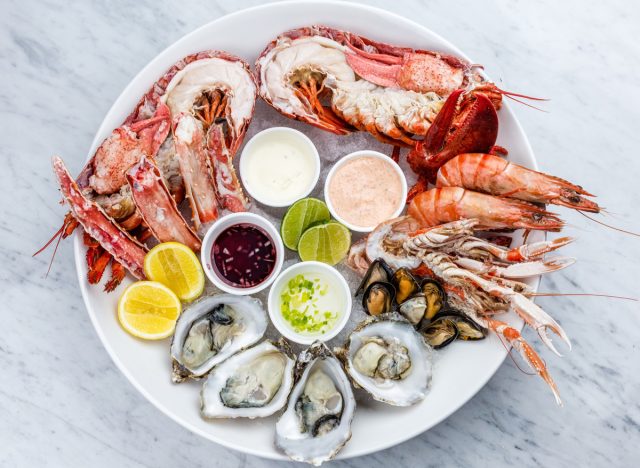
Plastic pollution is a major problem for our planet's oceans. At least 14 million tons of plastic make their way to the ocean annually. This is obviously a major problem for our global ecosystem, but it's also a big issue for our dinner plates.
One study published in Environmental Science & Technology analyzed oysters, prawns, squid, crabs, and sardines bought at a market in Australia for plastic. Sure enough, every single sample displayed traces of microplastics.
"We found polyvinyl chloride—a widely used synthetic plastic polymer—in all samples we tested, but the most common plastic in use today—polyethylene—was the highest concentrate we found," explains lead study author, Ph.D. candidate Francisca Ribeiro from the University of Queensland's Alliance for Environmental Health Sciences. "From the edible marine species tested, sardines had the highest plastic content, which was a surprising result."
Another research project, published in Environmental Health Perspectives, found that mussels, oysters, and scallops appear to have the highest levels of microplastic contamination. For reference, "microplastics" are tiny bits of plastic that break off from larger pieces, spreading plastic pollution even further. In the ocean, microplastics are eaten by sea creatures.
"No one yet fully understands the full impact of microplastics on the human body, but early evidence from other studies suggest they do cause harm," comments study author Evangelos Danopoulos, a postgraduate student at Hull York Medical School.
Seafood favorites are in decline
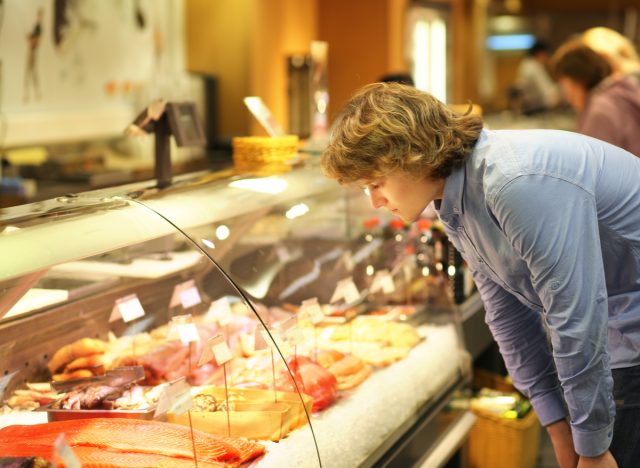
Some of the most popular seafood species are in steep decline around the globe, according to research published in Estuarine, Coastal and Shelf Science. Researchers assessed over 1,300 different fish and invertebrate populations, and found that 82% were below the population levels needed to produce "maximum sustainable yields."
In other words, humanity as a whole is overfishing. We're catching sea creatures at an unsustainable rate. The species themselves don't have enough time to repopulate. In more practical terms this also means that fishers all over the world are putting in more work and longer hours to catch less fish.
More specifically, study authors note that the orange roughy, pink conch, and common octopus are all currently in "rapid decline."
"This is the first-ever global study of long-term trends in the population biomass of exploited marine fish and invertebrates for all coastal areas on the planet," says lead study author Maria "Deng" Palomares, manager of the Sea Around Us initiative at the University of British Columbia's Institute for the Oceans and Fisheries.
"When we looked at how the populations of major species have been doing in the past 60 years, we discovered that, at present, most of their biomasses are well below the level that can produce optimal catches."
COVID-19 & the seafood industry
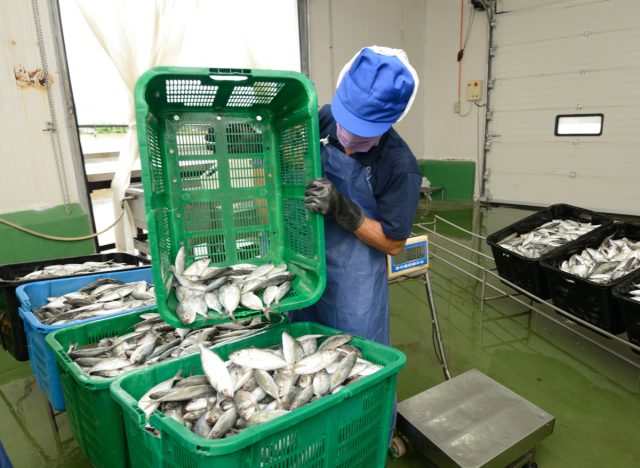
You'd be hard-pressed to find a corner of society or business sector that wasn't impacted by the COVID-19 pandemic, but the coronavirus hit the seafood industry particularly hard—and exacerbated pre-existing issues to boot.
This study, published in PeerJ, reports seafood industry workers at facilities like fisheries were two times more likely to contract COVID-19 than other food industry workers during the first year or so of the pandemic.
"The U.S. seafood industry was hit pretty hard, especially workers in high-density workplaces like seafood processing plants where social distancing was difficult," says study author Easton White, assistant professor of biological sciences at the University of New Hampshire."Even though COVID-19 precautions were set in place reducing the number of workers on processing lines it meant longer shifts and increased exposure overall. Fishing vessels had similar issues, where crews on crowded boats faced challenges wearing PPE, or masks, in wet and windy conditions."
Moreover, this report from the Centro de los Derechos del Migrante, Inc. (CDM), the American University Washington College of Law Immigrant Justice Clinic, and Georgetown University Law Center's Federal Legislation Clinic, documents how the pandemic worsened already existing labor abuses in the Maryland crab picking industry.
Maryland is world renown for its crabs, but the vast majority of workers at local crab processing plants are immigrant women living in the U.S. on H-2B guest worker visas. That means if they lose their job they must leave their home. Consequently, workers are hesitant to speak out about discrimination, long hours, and wage abuse. While this has been a problem for quite some time, COVID-19 intensified the situation.
"The women who work as crab pickers are caught in an impossible situation," explains Dr. Thurka Sangaramoorthy, a cultural and medical anthropologist and an infectious disease expert at the University of Maryland, College Park, in a press release. "They need to be able to produce and meet the strict production quotas to be able to stay and work. When they do get sick, they often feel like they need to continue to work to meet those demands. Plus, their working and living conditions put them at serious risk for COVID-19 and they face critical barriers in accessing care and treatment."

